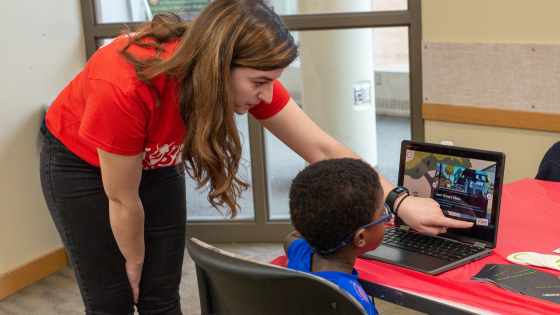Introduction
The opioid crisis is a challenging problem that affects both adults and adolescents, thereby putting families at risk of the negative consequences of prescription opioid misuse. Many adolescents obtain prescription opioids from friends, relatives, or the healthcare system and are vulnerable to intentional misuse as well as accidental poisonings. Additionally, parents often model inappropriate prescription opioid use by sharing unused medications with their children to treat minor injuries, incorrectly storing opioids in the home, or giving their children incorrect dosages. Given that adolescents report parents, especially mothers, as useful resources for information about opioid safety, an opportunity exists to positively impact family communication and practices around opioid safety and the responsible management of prescription medication.
Purpose
Currently, there are no standard ways to encourage parents to have medication safety conversations with their children. Prior research found that adolescents and parents desired innovative technologies, such as serious games, to facilitate communication about the safe and responsible use of medications. “Serious games” are effective digital tools used to promote positive health behaviors and offer new, innovative, and self-directed learning methods for delivering health information. Collaborating with community partners and game developers, our team created an innovative, serious game, MedSMA℞T: Adventures in PharmaCity, to improve prescription opioid safety for adolescents and their families. This novel and engaging game can be used as an interactive tool to promote and facilitate parent-child conversations about prescription opioid medication safety.
Goal
Our goal is to teach adolescents and their families how to properly handle and store prescription medications and make safe decisions for themselves and others around them. By playing MedSMA℞T, we hope adolescents and their families will learn ways to keep themselves and others safe by exposing them to real-life situations they may face. By utilizing these hands-on tools, we hope MedSMA℞T and the Family Medication Safety Plan can help families facilitate family communication around medication practices and create personalized medication safety plans.

